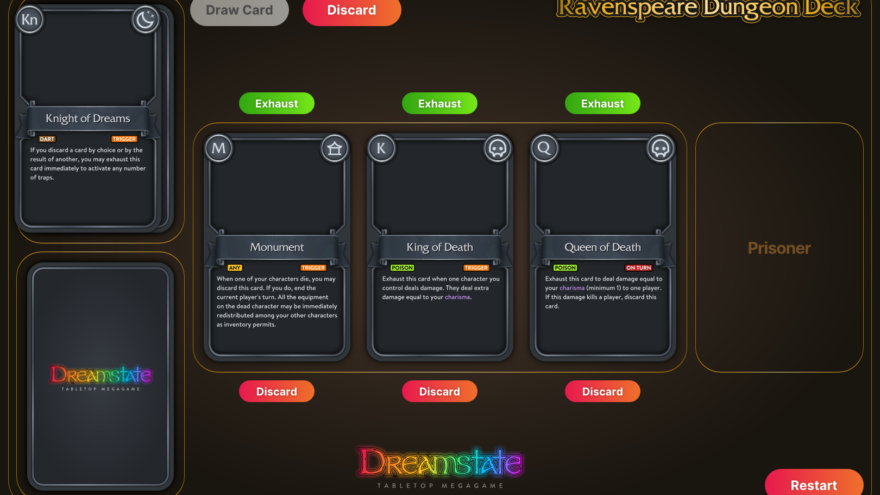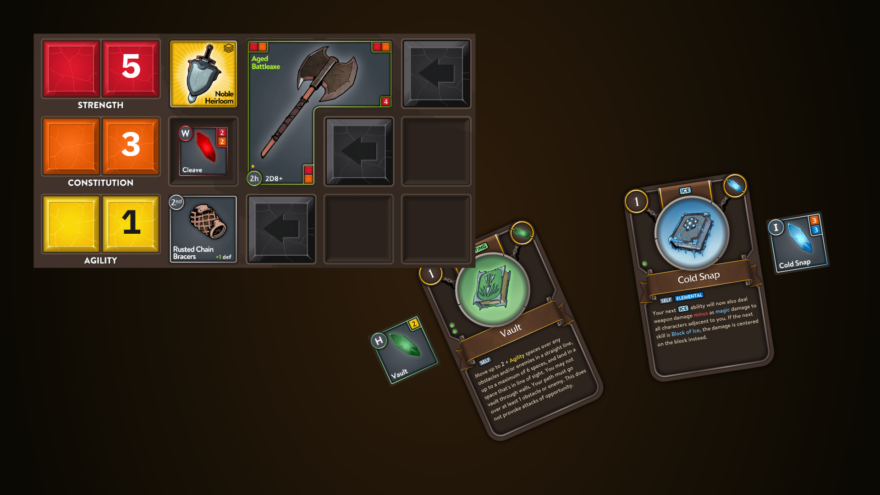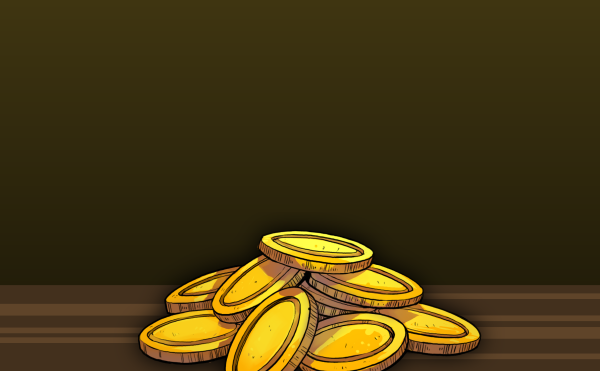Since the map tiles are featured significantly in Gambit, it was one of the most important things to get right. As you can see below, I went through several iterations, the most significant being the change from version two to three. If you read How Gambit Started you’ll discover there was a pre-version of the tiles, which I’ll just call “Version 0.5.

Getting the Shapes Right
There were two primary problems with the first two versions. The first was that the wall art overlapped the floor tiles. Those familiar with tabletop maps know that a 1×1 inch square is the standard size for movement tiles. This meant that when a character occupied a space in the corner, there was only a 3/4 square inch of floor space to host the character token or miniature. This was okay, but it felt cramped, especially when a full dungeon was setup and explored [link].
The second and more significant problem was that the 2×2 tiles required specific connecting tiles on any given edge. This often meant a tile design had to be created for a single use-case. In the diagram below, tile 19 has a concave corner with a door entry at position A and a convex corner at position B. If the connecting tile to the doorway didn’t have an entry, it looked weird. If tile 19 didn’t have the convex pillar at position B, there would be a an obvious gap.

Instead of needing 2-4 different corner pieces, there were nearly 16 corner pieces in order have all the configurations work. In a full sized map, there would be numerous cases like this where a special tile had to be printed. This required 300+ pieces to be printed just for one tile set or I had to severely limit what dungeon layouts game masters could create. I didn’t like either of these trade offs. By enlarging the tiles and having walls occupy a full 1×1 space, tiles could be arranged more freely with less single-use tiles.

Getting The Art Right
As a designer, I’ve learned to trust my gut with anything I create. There’s a certain sensation I get when I know I’ve iterated on a design to a point where I can be happy with it long term. None of the earlier versions achieved that. During the creation of version 4, I brought on an artist to create some other assets and after being thoroughly pleased with his work, it was inevitable that he should redo the artwork for the tiles.










